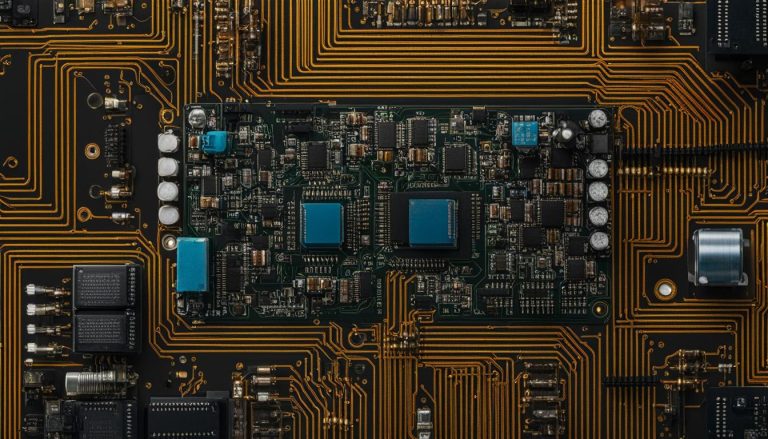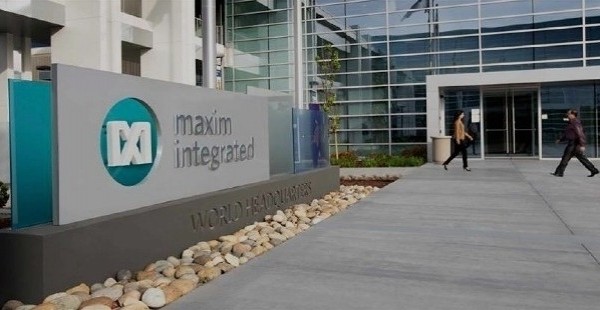How To Become A Hardware Design Engineer
Are you interested in a career that combines your passion for technology and creativity? If so, becoming a Hardware Design Engineer might be the perfect path for you. In this article, we’ll explore the steps to kickstart your journey in hardware engineering, design engineering, electrical engineering, and computer hardware design.
A Hardware Design Engineer plays a crucial role in creating and designing computer hardware components for various business applications. They are responsible for developing cutting-edge solutions that power our digital world. From designing circuit boards to integrating complex systems, Hardware Design Engineers are at the forefront of technological innovation.
To embark on a career as a Hardware Design Engineer, a solid educational foundation is essential. Typically, a Bachelor’s degree in computer engineering, computer science, or electrical engineering is required. With a Master’s degree, you can unlock advanced senior positions in the field.
Additionally, certifications from major tech companies like Microsoft or Cisco Systems may be necessary to validate your skills and enhance your career prospects. Accreditation from the Accreditation Board for Engineering and Technology (ABET) may also be required by some employers.
While pursuing your education, it’s advisable to gain practical experience through internships or junior roles in related sectors. This hands-on experience will not only provide you with valuable knowledge but also help you build a professional network.
Furthermore, having a strong foundation in computer programming is highly recommended for Hardware Design Engineers. Familiarity with languages like C and C++ can greatly enhance your ability to tackle complex hardware design challenges.
So, if you’re ready to dive into the exciting world of hardware engineering, design engineering, electrical engineering, and computer hardware design, let’s explore the roles and responsibilities of a Hardware Designer in the next section.
Roles and Responsibilities of a Hardware Designer
A Hardware Designer plays a critical role in the development and architecture of computer hardware components. Their main responsibility is to design new hardware components that encompass both functionality and aesthetics. They are involved in every stage of the design process, from conceptualization to final implementation.
The Hardware Designer’s tasks include:
- Designing and creating computer hardware components
- Testing and analyzing schematics and designs
- Making necessary updates and tweaks to enhance performance
- Upgrading old hardware for compatibility with outdated software
- Overseeing the manufacturing process
- Staying updated on industry trends for further development opportunities
- Working with Hardware Description Languages (HDL)
A Hardware Designer must possess strong problem-solving skills and attention to detail to ensure the functionality and efficiency of the hardware components they design. They also need to stay updated on the latest industry trends and advancements in digital design engineering to create cutting-edge solutions.
| Skills Required | Responsibilities |
|---|---|
| Strong problem-solving skills | Designing new computer hardware components |
| Attention to detail | Testing and analyzing schematics and designs |
| Knowledge of industry trends | Making updates and tweaks to improve performance |
| Proficiency in Hardware Description Languages (HDL) | Upgrading old hardware for compatibility |
| Ability to oversee manufacturing process | Staying updated on industry trends |
Job Description of a Hardware Design Engineer
Hardware Design Engineers play a vital role in the development and creation of computer hardware and related equipment. They are responsible for various tasks in the hardware development process, ensuring efficient system integration and optimal performance.
One of their primary duties is to perform the back-end flow from RTL code synthesis to achieve timing closure. This involves translating high-level hardware descriptions into detailed implementation specifications to ensure accurate functionality.
Hardware Design Engineers also lead design teams through the preliminary and detail design phases, collaborating with other professionals to ensure the hardware meets specifications and performance requirements. They utilize their expertise in VLSI design and digital circuitry to optimize the design process.
In addition to hardware design, Hardware Design Engineers are involved in developing hardware and GUI-driven software for manufacturing test and debug purposes. This requires a strong understanding of programming languages such as C and C++ to create effective diagnostic tools.
The implementation of various ports and interfaces is another crucial aspect of a Hardware Design Engineer’s job. They work on incorporating different communication protocols and inter-board interfaces to ensure seamless connectivity and compatibility within the system.
Hardware Design Engineers need to have a deep knowledge of firmware and analog circuitry to handle the complex intricacies of hardware development. They must possess expertise in system integration, understanding how different hardware components interact to create a cohesive system.
Overall, Hardware Design Engineers play a critical role in shaping the hardware landscape. Their skills in system integration, VLSI design, and hardware development are essential for creating efficient and advanced computer hardware solutions.
Salary and Job Outlook for Hardware Design Engineers
The salary of a Hardware Design Engineer can vary based on industry, location, and specific job duties. According to industry data, the median salary for Hardware Design Engineers is around $113,000 per year, which is significantly higher than the average salary of electronics engineers who earn approximately $97,970, and computer hardware engineers who make around $115,120. This shows that Hardware Design Engineers are well-compensated for their expertise and contributions to the field.
When it comes to job outlook, Hardware Design Engineers can expect a positive and promising future. The U.S. Bureau of Labor Statistics predicts a projected growth of 6% in the industry by 2028. This means that there will be increasing demand for Hardware Design Engineers in various sectors as technology continues to advance and evolve.
With stable career prospects and opportunities for advancement, Hardware Design Engineers have the chance to establish a successful and fulfilling career in the field of computer technology. As companies strive to develop innovative hardware solutions and improve existing technologies, the role of a Hardware Design Engineer will remain crucial and in-demand.






